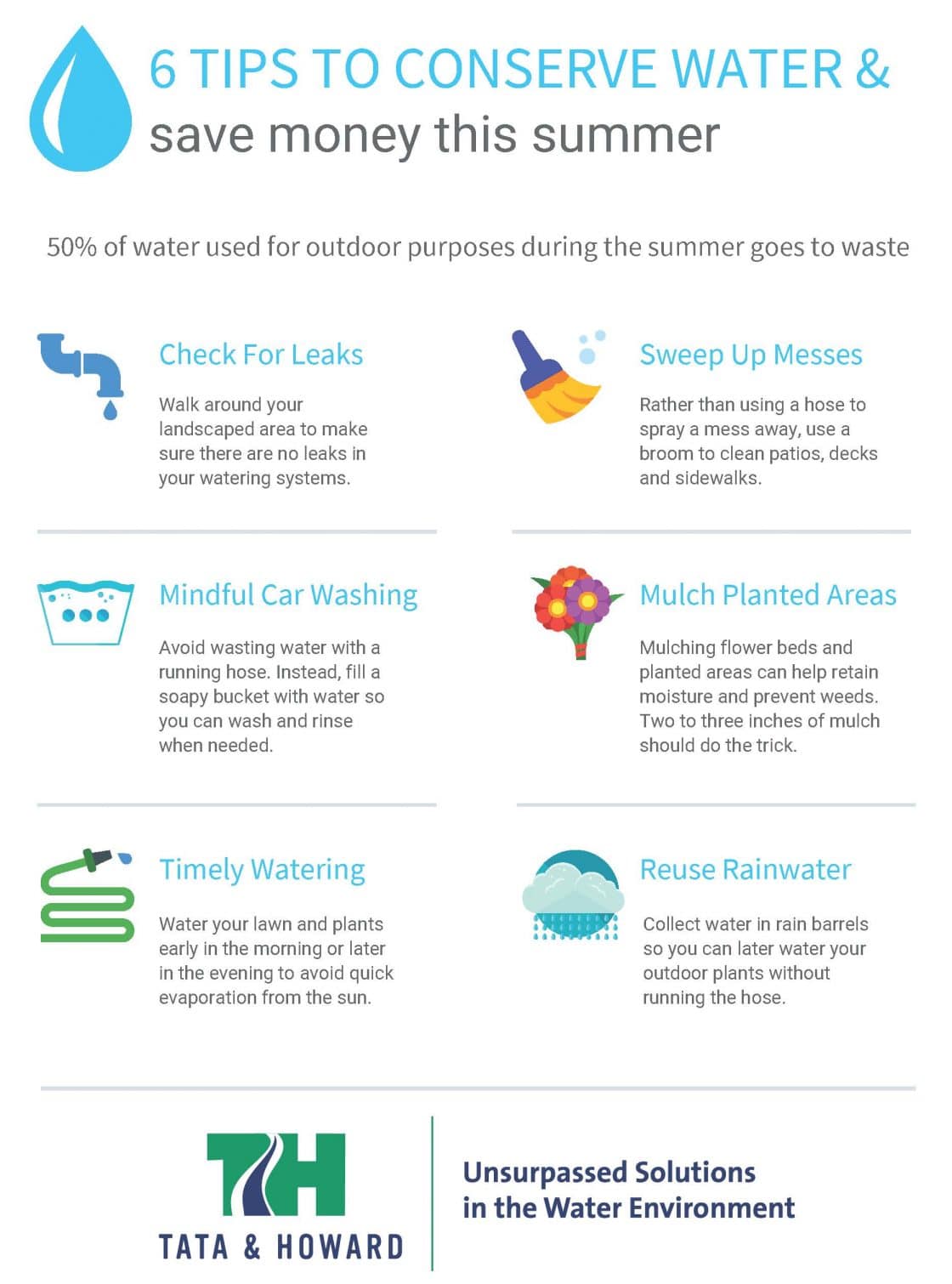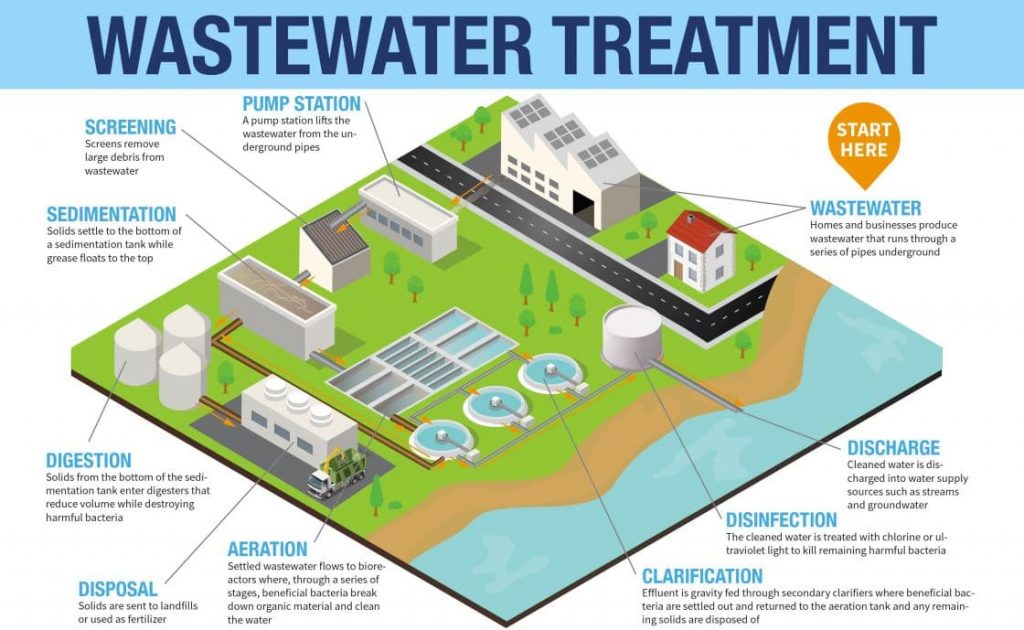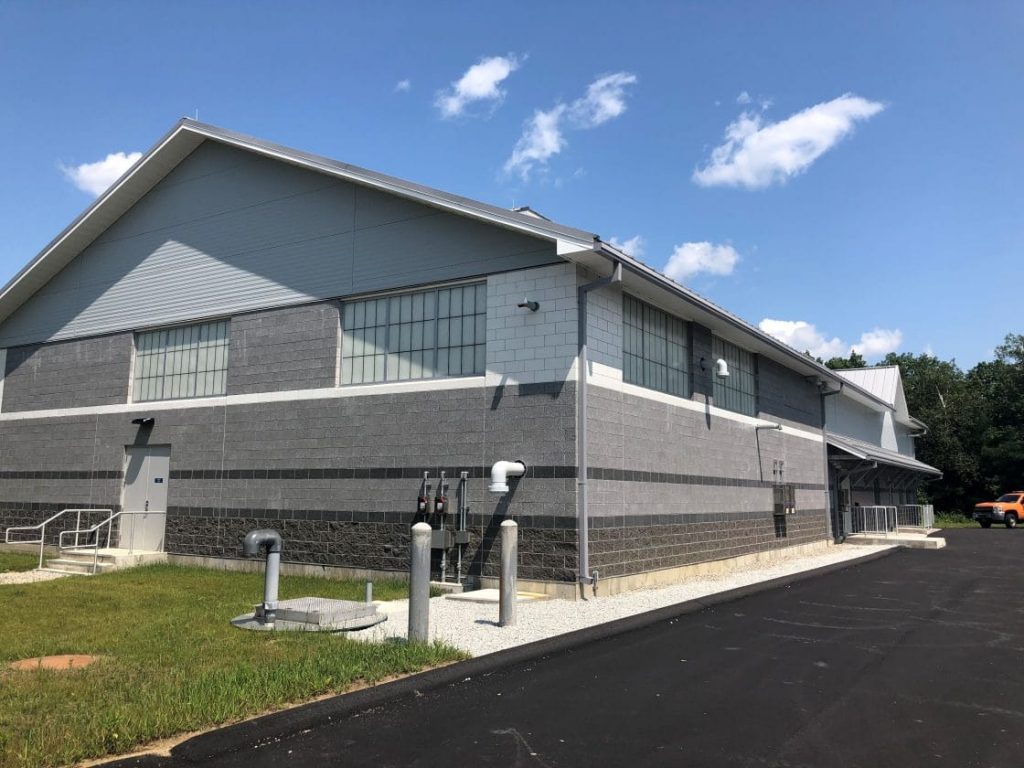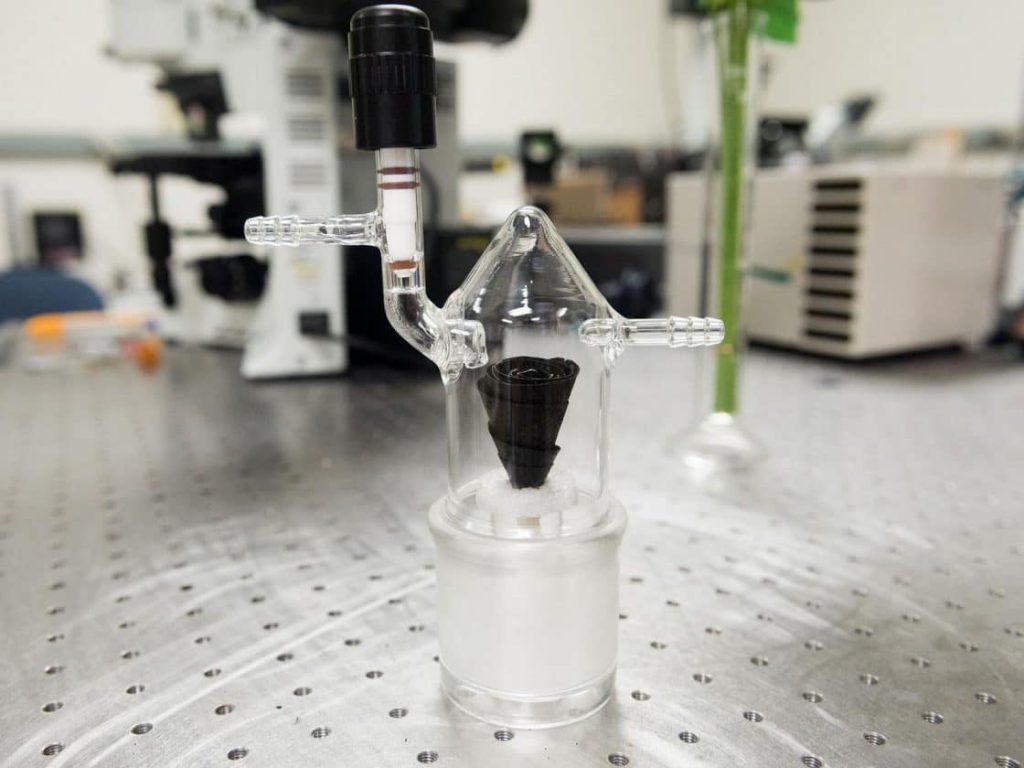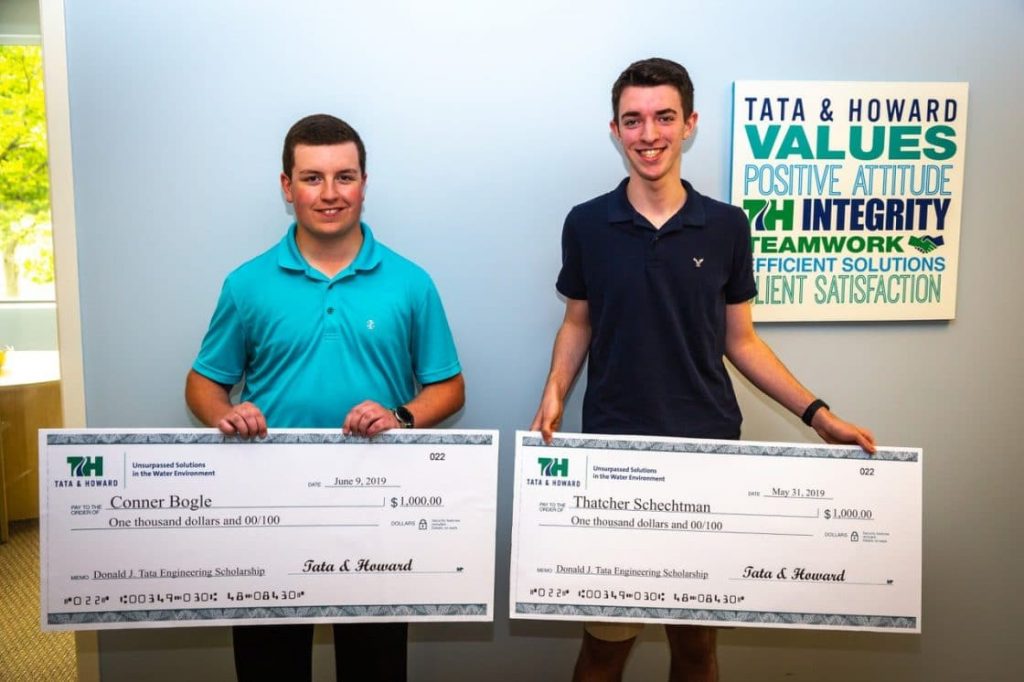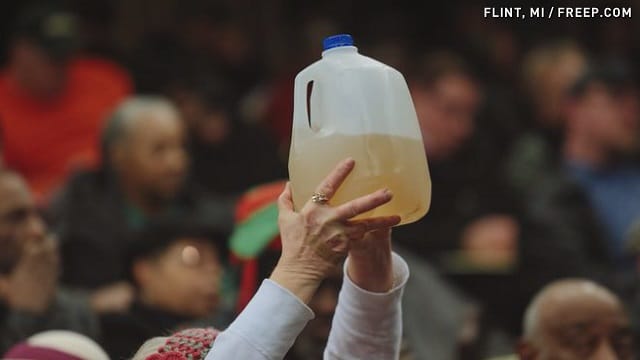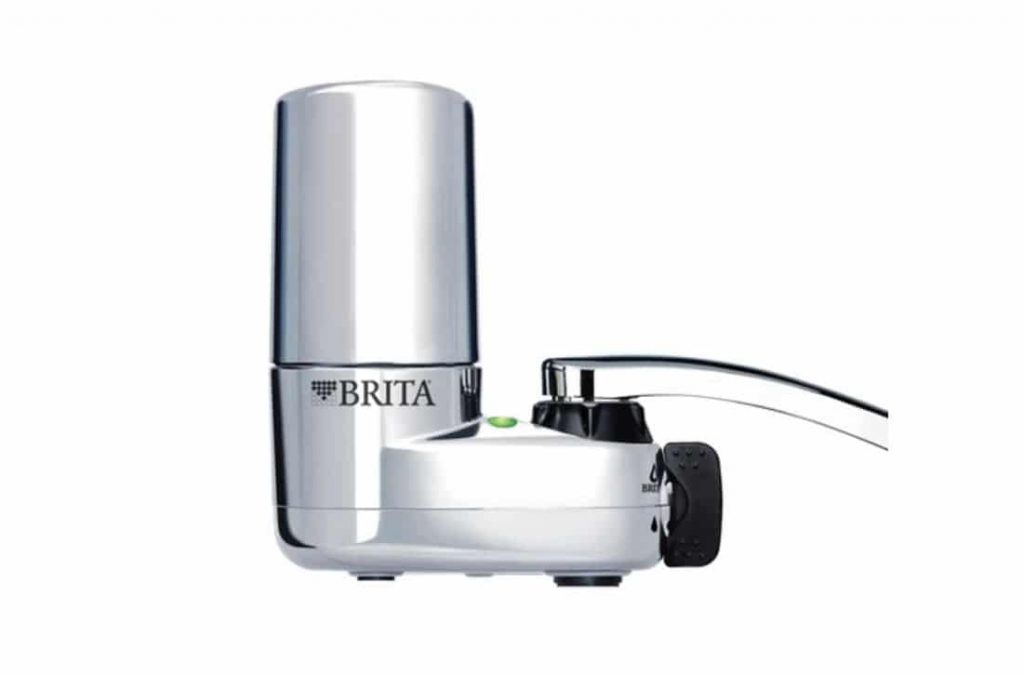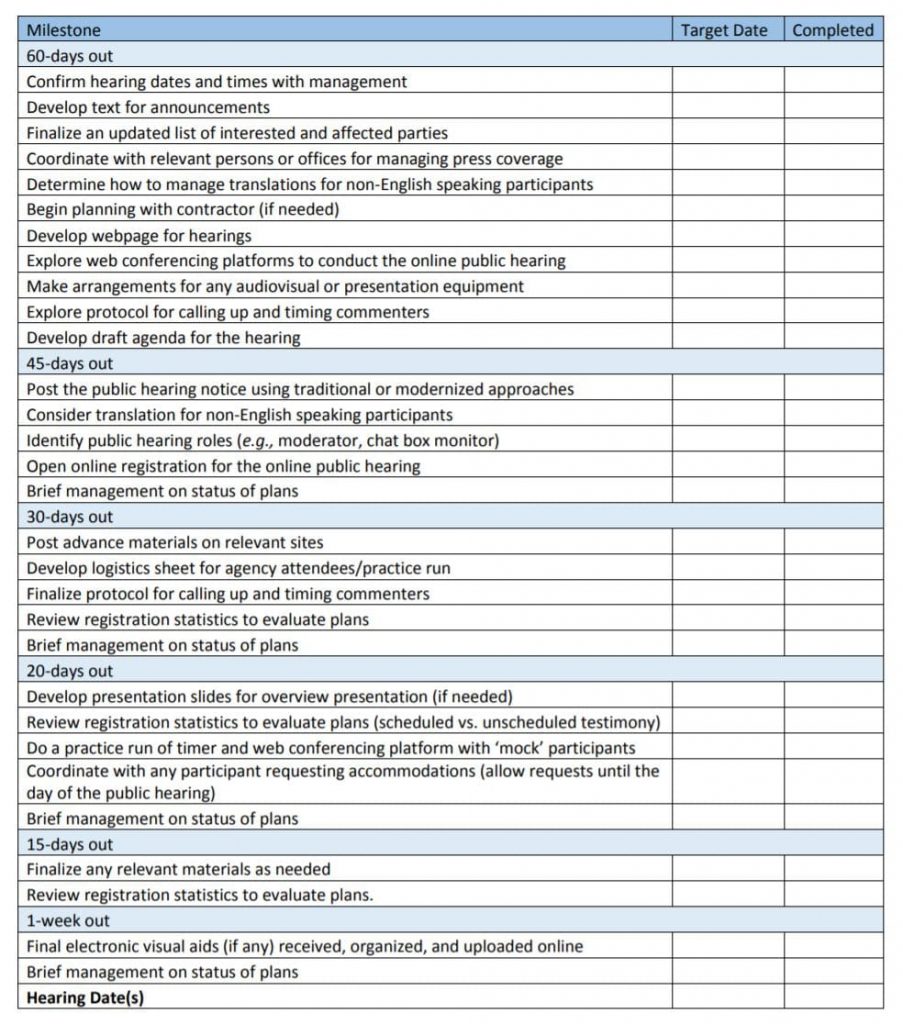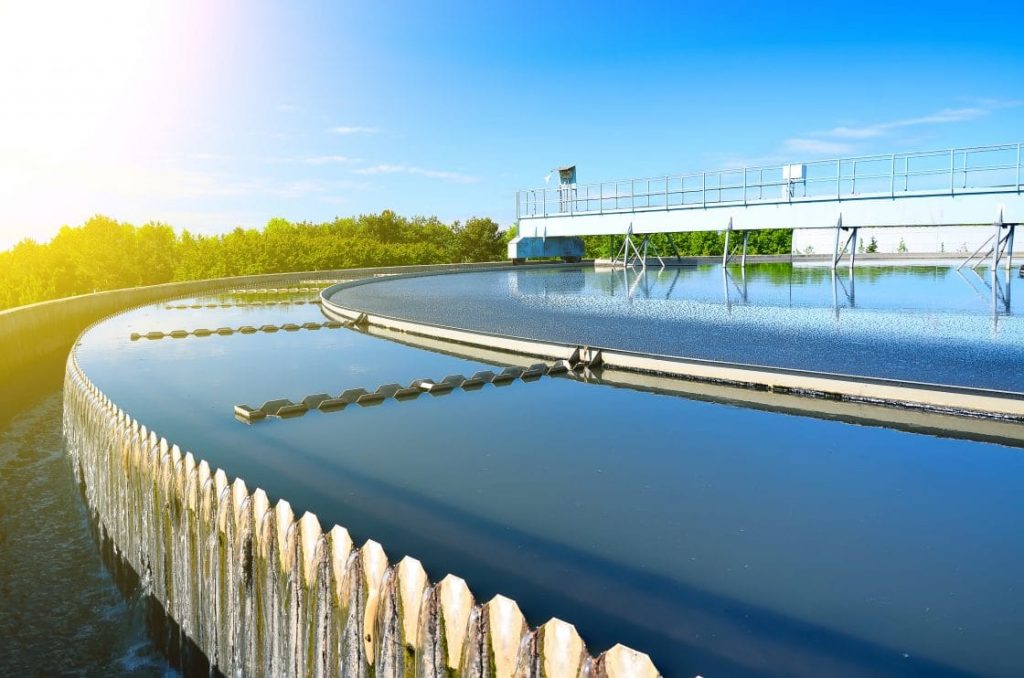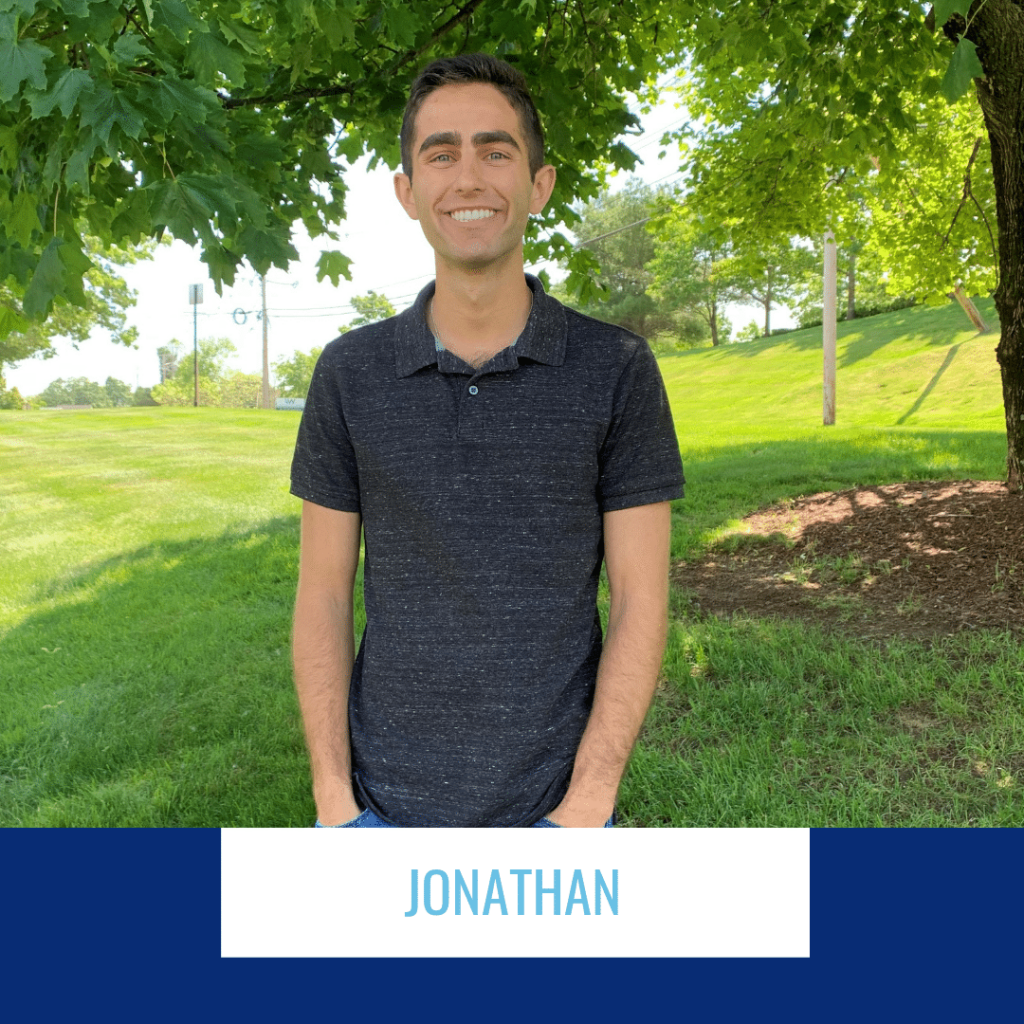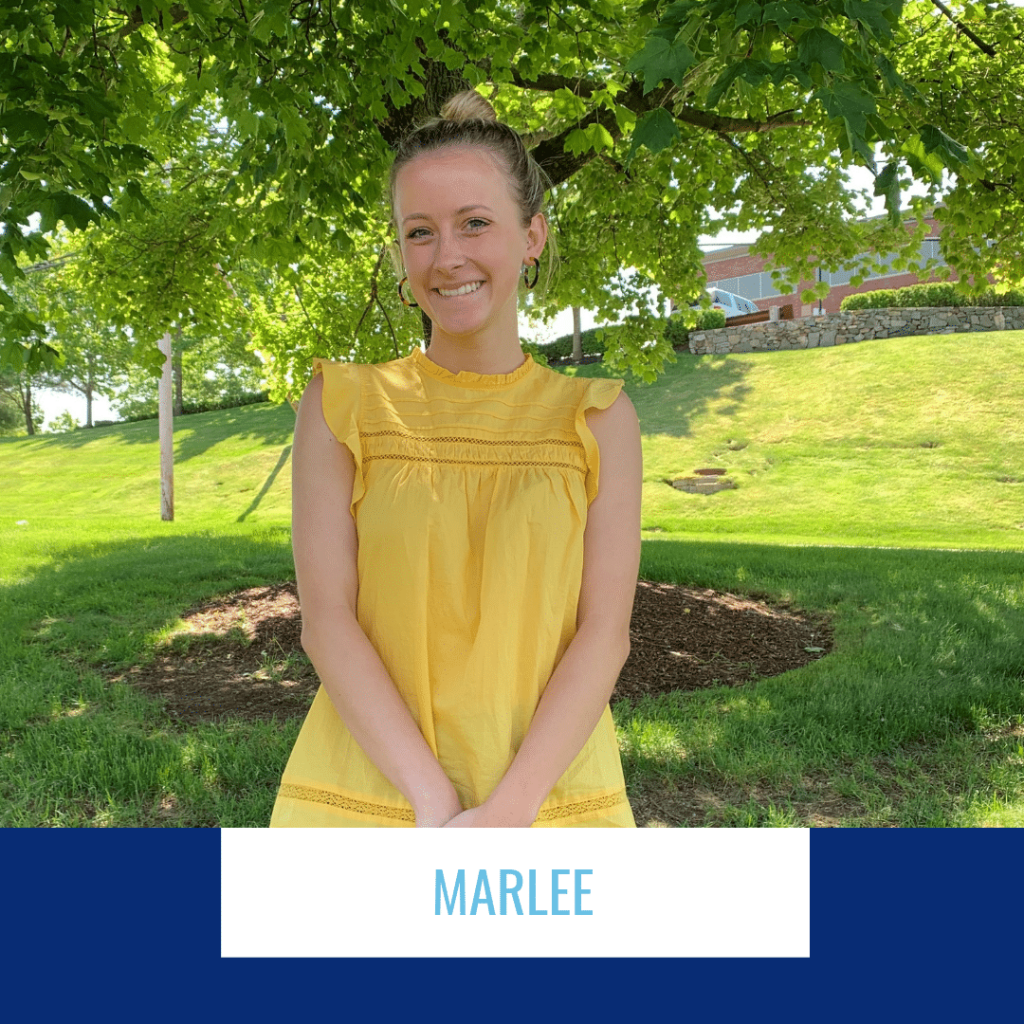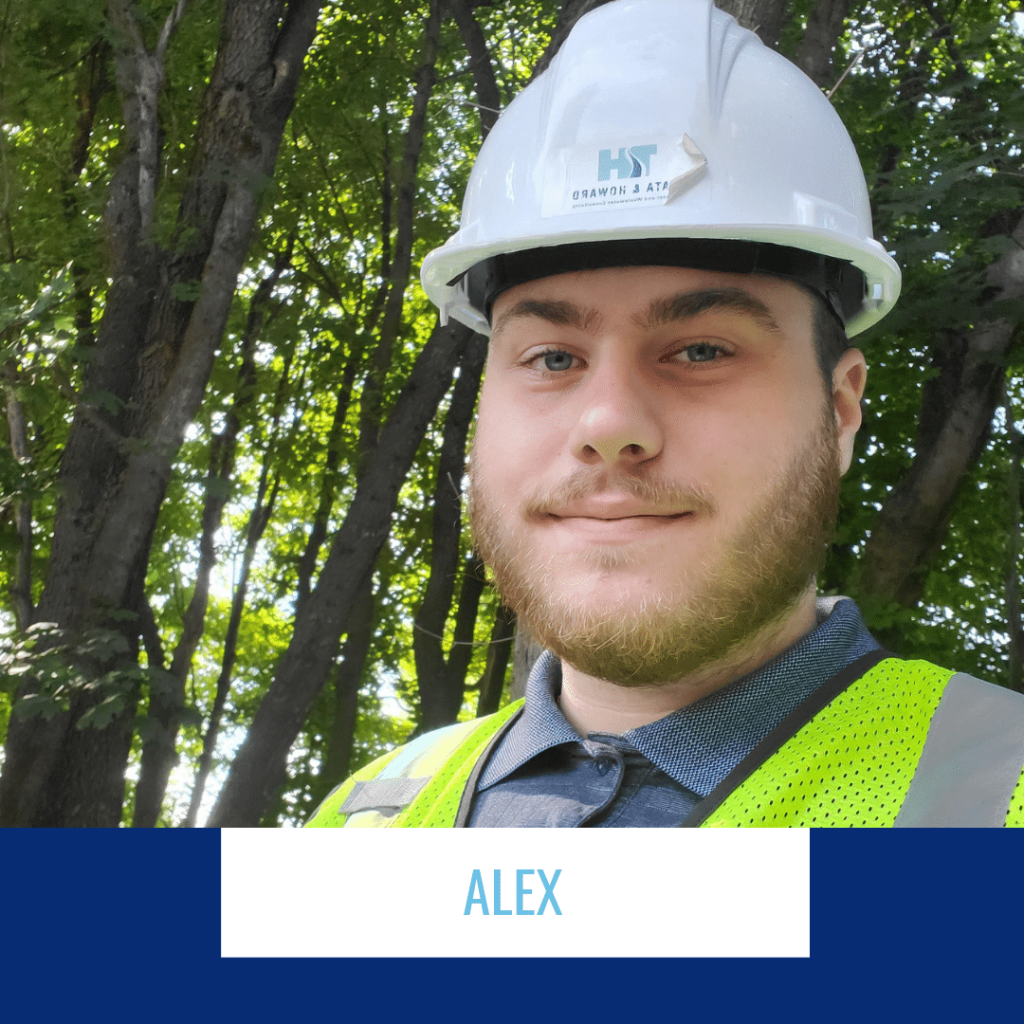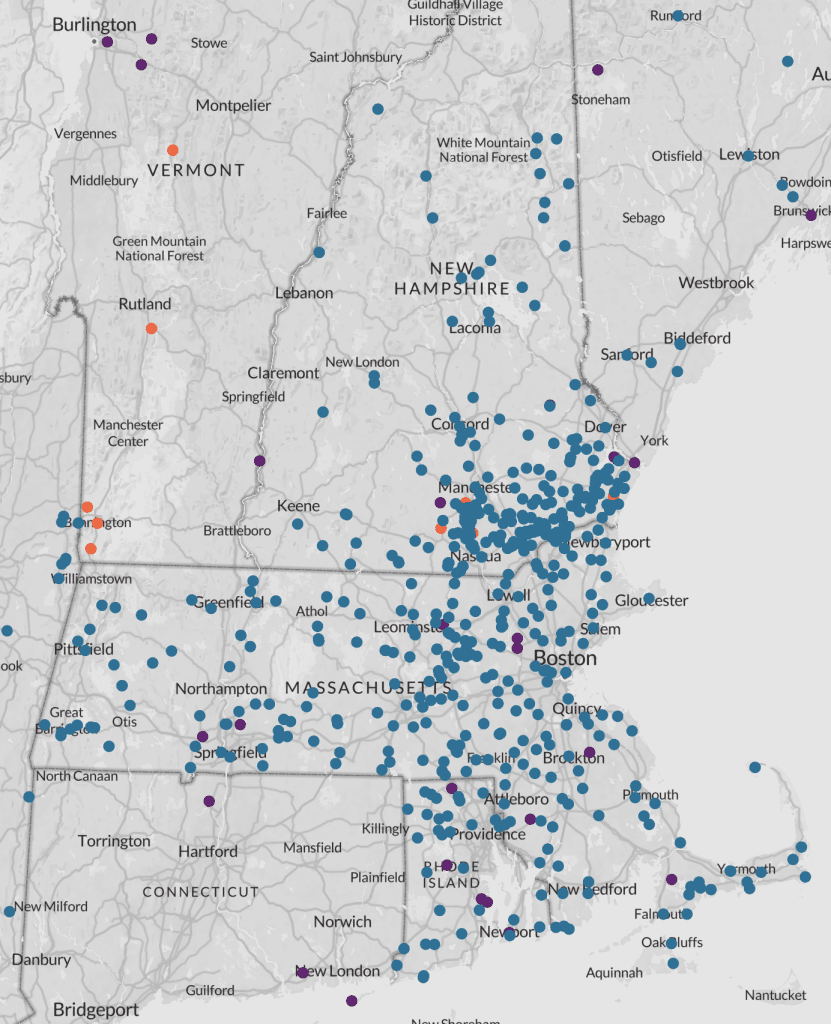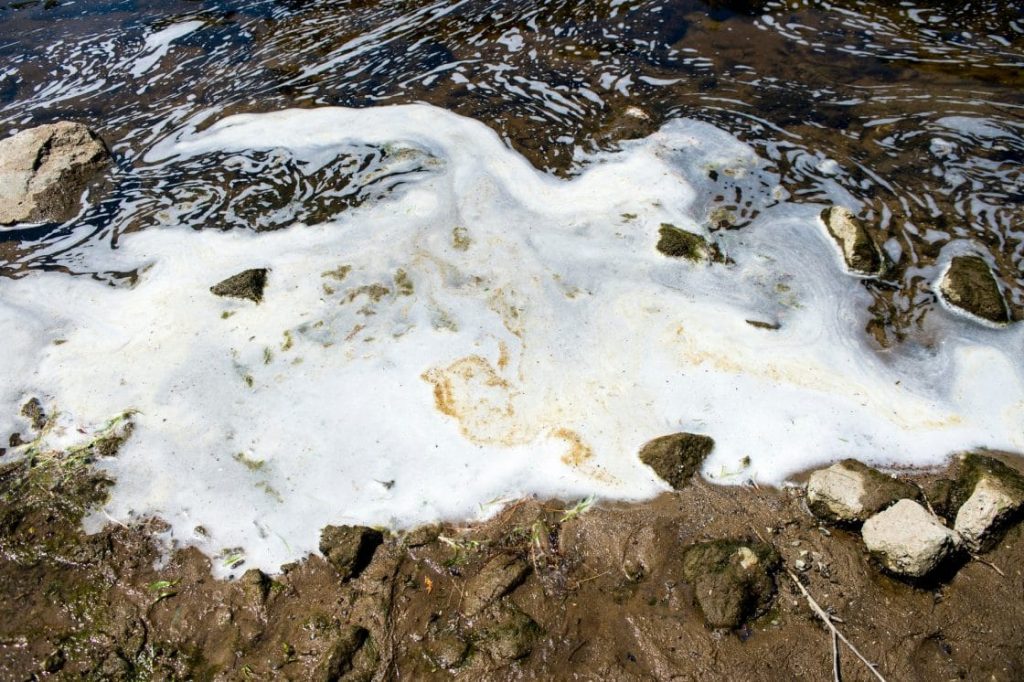Part of every successful client-based business is the ability to retain existing clients. In order to retain these clients however, a business needs highly skilled, engaged, and happy employees. When an employee feels valued and can see the positive impacts of their work, they are more inclined to stay on board. With this notion, long-term success is hinged on finding exceptional talent, and training exceptional talent. But in which ways can this be done in such a competitive workforce? One way is to consider implementing an employee stock ownership plan (ESOP) to benefit employers and employees.
An ESOP is a type of retirement plan, similar in some ways to traditional plans like a 401(k). Studies show that ESOP companies grow about 2.5 times as fast as non-ESOP companies. They also are known to provide employees with up to 2.2 times the retirement assets.

Owner Benefits
ESOPs are defined contribution retirement plans that invest primarily in the common stock of the company. It is unique among retirement plans in that it can borrow money. This allows the ESOP to be a flexible succession strategy for a business owner who is looking to sell all or part of their business.
Aside from gains via engaged employees, there are a few reasons why business owners and employers choose to implement ESOPs into their business. For one, if (and when) it comes time for the business owner to sell, the company wouldn’t be thrown into the hands of someone completely unrelated to the business. Instead, selling to the ESOP means that:
- the company stays in place
- the people who’ve helped build it get rewarded
- the owner has the flexibility in terms of how much to sell and what role they’ll play in the future
- the company nets substantial tax benefits
Employer Benefits
In the 21st annual survey completed by The Employee Ownership Foundation, ESOPs have been shown to improve overall company performance. The results showed that:
- 76% of respondents indicated the ESOP positively affected the overall productivity of the employees
- 70.5% of respondents reported profitability increased and 76.2% of respondents noted revenue increased
- 80% of respondents stated the company’s stock value increased
Another significant survey conducted by Douglas Kruse and Joseph Blasi of Rutgers University reported that ESOPs increase sales, and sales per employee by 2.3 to 2.4 percent per year.
So how does this happen, just by having an ESOP as opposed to a typical retirement plan like a 401(k)? The bottom line is that an ESOP creates aligned incentives. Through the ESOP, employees earn ownership in the company, which make those eight or nine hours spent at work all the more worthwhile.
Employee Benefits
ESOPs have proven to be just as beneficial for the employees working at the company. When it comes to planning for retirement, employees want to rest assured that they will be financially stable. As such, Corey Rosen, co-founder and senior staff member of the National Center for Employee Ownership, stated that ESOP balances were three to five times higher on average than 401(k) plan balances.

In addition to the financial benefits of an ESOP, there are certainly other perks that make employee owners feel valued and inclined to stay in their company. Firstly, is the notion of job security. ESOPs have been known to have lower turnover rates and are much less likely to lay people off. Secondly, ESOPs have proven to increase the well-being of their employees. Additional benefits include:
- Greater feelings or job security and satisfaction
- Increased trust in the management/company
In conclusion, employee stock ownership plans benefit the company, the owners, and the employees. An ESOP can be an excellent strategy for a company looking to enhance organizational performance, help employees prepare for retirement, and allow a business owner to meet succession or diversification goals. Do keep in mind that while all of these statistics may seem compelling, implementing an ESOP is not for every company, and lots of decision making must go into the process. If you are interested in learning more and implementing an ESOP into your business, be sure to do plenty of research!

